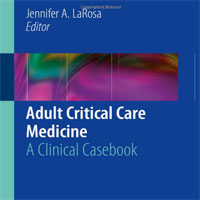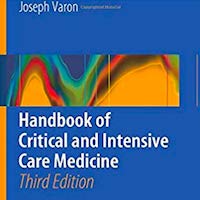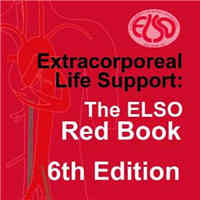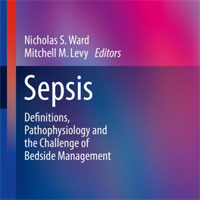Tag: sepsis
Prevalence and Outcomes of Shock in Internal Medicine Patients
This retrospective observational study investigated the incidence, management, and outcomes of 125 shock patients admitted to the internal medicine department of a referral university hospital in Bangkok, Thailand, addressing... read more
Seraph-100 Hemoperfusion: Clearing Pathogens and Enhancing Outcomes in Sepsis
This study evaluated Seraph-100 hemoperfusion (HP) as a treatment for sepsis in intensive care unit (ICU) patients admitted after cardiac surgery for infective endocarditis (IE). Thirteen septic patients received Seraph-100... read more
Sepsis and Septic Shock: An Issue of Critical Care Clinics
Shock is caused by the decreased flow of blood to the body tissues due to circulatory system related problems. Sepsis refers to a life-threatening condition where the body causes injury to its own organs and tissues in response... read more
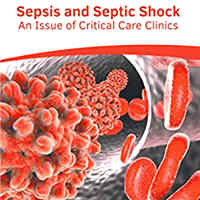
Impact of Esketamine vs. Remifentanil on Hemodynamics and Outcomes in Mechanically Ventilated Septic Shock
This single-center, prospective, randomized, controlled pilot study compared the hemodynamic effects and prognosis of esketamine versus remifentanil, both used in combination with propofol, for sedation and analgesia in patients... read more
Hemolysis in Septic Patients with Acute Respiratory Failure: Prognostic Implications
This study highlights the critical role of hemolysis in sepsis and acute respiratory failure, showing a strong association with organ dysfunction. Hemolysis is notably frequent, especially in patients with septic shock... read more
Biomarkers in Trauma, Injury and Critical Care (Biomarkers in Disease: Methods, Discoveries and Applications)
This handbook systematically presents biomarkers for traumatic injuries. The book covers topics such as traumatic brain injury, liver injury, burn severity, muscle heart damage, and acute inflammation in polytrauma and their... read more
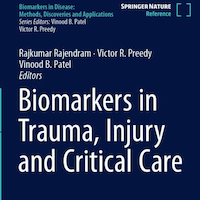
Intubating the Critically Ill Patient: A Step-by-Step Guide for Success in the ED and ICU
Intubating critically ill patients is a process that requires a well-thought-out, step-by-step plan, specific to each patient. This book teaches the steps necessary to predict, prepare, perform, and provide pre and post-intubation... read more

Aminoglycosides Impact on Survival Rate and Renal Outcomes in Patients with Urosepsis
The addition of aminoglycosides to beta-lactam therapy in critically ill patients with urosepsis did not significantly improve 30-day survival. Furthermore, aminoglycosides were not associated with worse renal outcomes.... read more
Sepsis Management: PIRO and MODS
This book is unique in approaching multiple organ dysfunction syndrome (MODS) from the perspective of its pathophysiological mechanism, and addressing aspects that are overlooked in most of the available literature. Eminent... read more
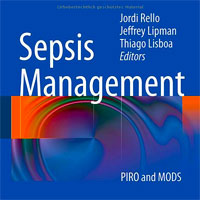
Septic Shock Metabolic Subgroups and Clinical Outcome
Three metabolic clusters exist in patients with septic shock with most metabolites differing between clusters and lipid species being most influential. Cluster proportions evolved over time with a high metabolite group... read more
Sepsis: Staging and Potential Future Therapies
Sepsis is a life-threatening organ dysfunction caused by a dysregulated host response to infection. Variability in pathogenesis and complex pathophysiology often delay diagnosis and create significant challenges for clinical... read more
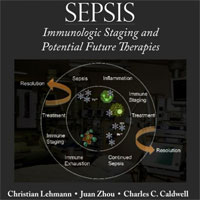
Mortality in Patients with SA-AKI Using the MIMIC-III Database
In this study, we identified critical factors influencing mortality in patients with Sepsis-Induced Acute Kidney Injury (SA-AKI) using the MIMIC-III database. The primary findings of our research, including advanced age,... read more
Fluid Management Impact on Outcomes in Sequential Extracorporeal Support
Sepsis is a life-threatening condition characterized by dysregulated inflammatory responses, often leading to multiple organ dysfunction and high mortality rates. Continuous renal replacement therapy (CRRT) and extracorporeal... read more
Leptin and Linterlukin-6 Relationship and Influence of Mortality in Sepsis
High leptin levels might counteract the adverse prognostic effect of elevated IL-6 on septic mortality. At the same IL-6 level, leptin could predict septic mortality. Leptin might be a protecting factor for men and gender-different... read more
TyG Index And Short-term Mortality in Patients with Cardiogenic Shock
The triglyceride-glucose (TyG) index is significantly associated with short-term mortality in patients with cardiogenic shock (CS) and may serve as a useful biomarker for risk stratification. This retrospective cohort... read more
Promising Prognostic Predictors in Sepsis Patients Using Lactate and Albumin Ratio
Serum Lactate/Albumin ratio and BAR ratio were significantly higher in sepsis and/or septic shock and associated with increased length of hospital stay and increased in-hospital mortality and poor clinical outcome inside... read more
Management of Pediatric Septic Shock with Electrocardiometry
Advanced hemodynamic monitoring with EC, in conjunction with clinical assessment, facilitated a restrictive fluid strategy and reduced the incidence of FO. By closely monitoring hemodynamic parameters and tailoring therapy... read more
TNF-α, PCT, IL-8, and HBP Prognostic Value Combined with APACHE II Score in Sepsis Patients
Serum TNF-α, PCT, IL-8, and HBP levels influenced sepsis patient prognosis, and their combined detection with APACHE II score provided a high predictive value for patient outcomes. Patients were divided into sepsis and... read more
Peritoneal Dialysis in AKI: 20 Years of Experience at a Single Center
Peritoneal dialysis (PD) may be an effective solution for acute kidney injury (AKI) patients, allowing adequate metabolic and fluid control. Age, APACHE score, hepatorenal syndrome and dropout from PD were associated... read more
ICU-acquired Weakness: Critical Illness Myopathy and Polyneuropathy
Critical illness myopathy (CIM) and critical illness polyneuropathy (CIP) are significant complications in intensive care unit (ICU) patients, first identified in the late 20th century. These conditions often present... read more
Reducing Mortality in Critically Ill Patients
This book describes the techniques, strategies, and drugs that have been demonstrated by multicenter randomized trials to influence survival in critically ill patients, defined as those who have acute failure of at least... read more
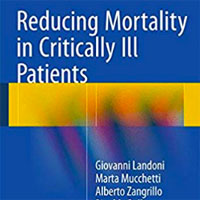
Adult Critical Care Medicine
This clinical casebook provides a comprehensive yet concise state-of-the-art review of adult critical care medicine. Presented in a case-based format, each case focuses on a scenario commonly encountered with an adult patient... read more
